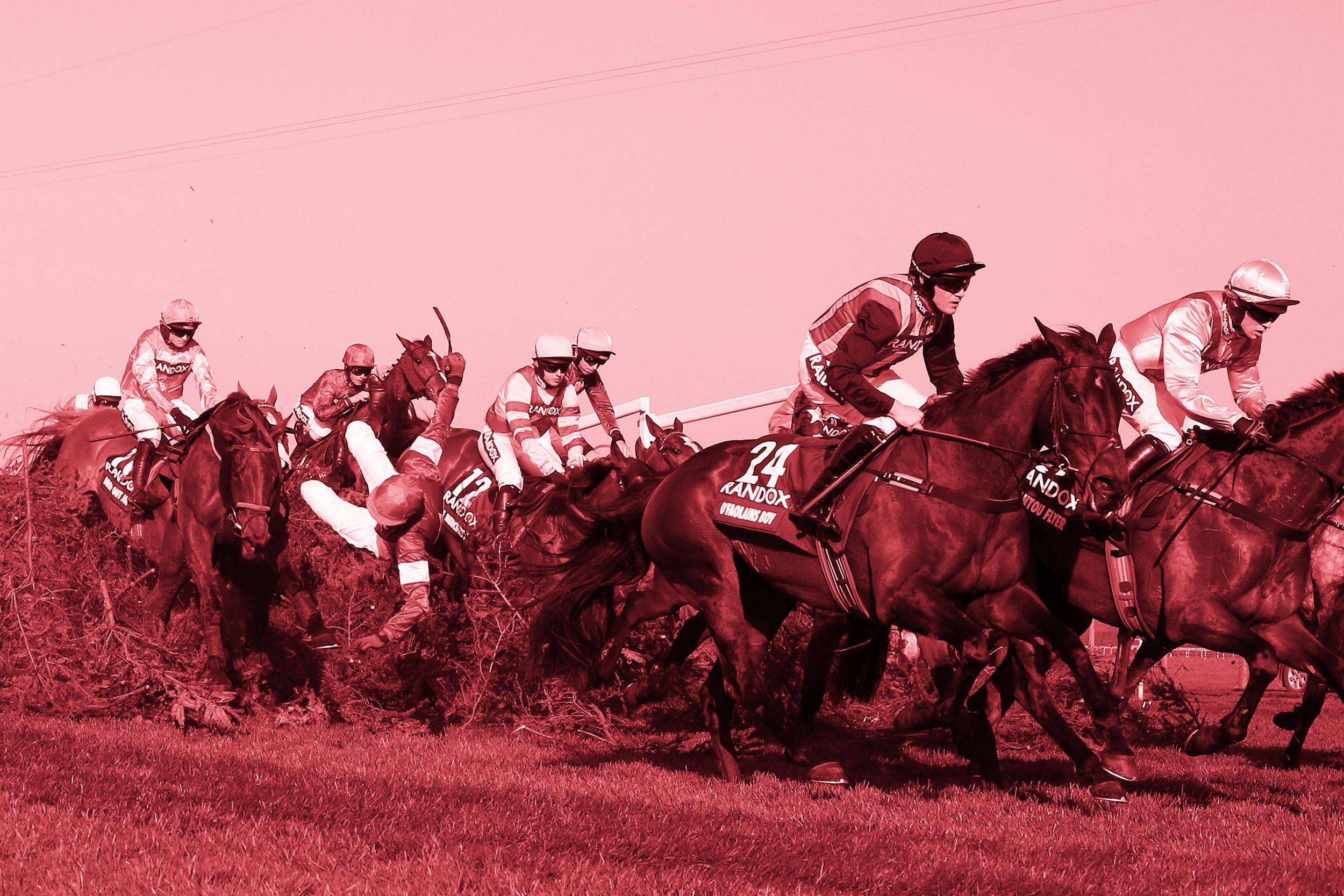Is horse racing really as deadly and cruel as people think?

The sport of horse racing will always be scrutinised for the welfare of its competitors, amid claims that it is sometimes fatal.
The facts however speak of a different scenario, where much fewer runners are euthanised as a result of a racing injury than many would first believe.
How many horses die in racing?
According to the sport’s governing body, the British Horse Racing Authority (BHA), the fatality rate is less than 1% of overall runners. 0.19% to be exact – indicative of the rate’s decrease by a third in the last 20 years.
While any death is a tragedy, that percentage comes from the 14,000 horses that are in training, who are likely to run several times a year.
Why are races like the Grand National so infamous?
To some the most exciting race of the sport’s calendar, to other the most notorious - the Grand National is inextricably linked with the fate of its contenders, both equine and human.
The unique test of stamina, jumping and jockeyship not only makes for a spectacle that the world watches but also carries well-known risks for those that take up the challenge.
Forty runners jumping 30 fences over four and a quarter miles is a stern challenge for any animal, let alone those bred to relish it. Idiosyncratic obstacles and occasional warm weather can only intensify the test.
Whatever its reputation, the Grand National has not seen any deaths in the last 5 years. Indeed from the 317 runners who contested a race at this year’s three-day Grand National meeting there were no fatalities.
What changes have been made? Have they worked?
It wasn’t always this way however, with the two years before (2011 and 2012) seeing the deaths of two horses each. The loss of Synchronised, 2012’s Cheltenham Gold Cup winner, was as strong an indication as any that the race needed changing.
Change it did though. After an investment of £1.5 million into safety measures at the course ahead of the 2013 race, significant alterations have brought about the aforementioned improvement.
The structure of the fences was altered to a more forgiving material. The start was moved further from the stands to create a calmer atmosphere. The landing sides of some fences were levelled, including the infamous Becher’s Brook. Stricter qualification criteria were introduced for both horses and jockeys while a wash down area was introduced to ensure finishers were immediately attended to.
Changes that appear to have had a substantial impact.
The sport itself still carries its risks, as does everyday life. Liverpool University found that 62% of ‘traumatic injuries’ suffered by leisure and competition horses occurred when they are turned out in a field. Ridden exercise accounted for 13%.
The reputation that both the Grand National and horse racing as a whole carry appear exaggerated, certainly when compared to the BHA’s statistics. Its scrutiny of itself can continue to provide a stern defence against those who readily dismiss it.
Subscribe to Independent Premium to bookmark this article
Want to bookmark your favourite articles and stories to read or reference later? Start your Independent Premium subscription today.

Join our commenting forum
Join thought-provoking conversations, follow other Independent readers and see their replies